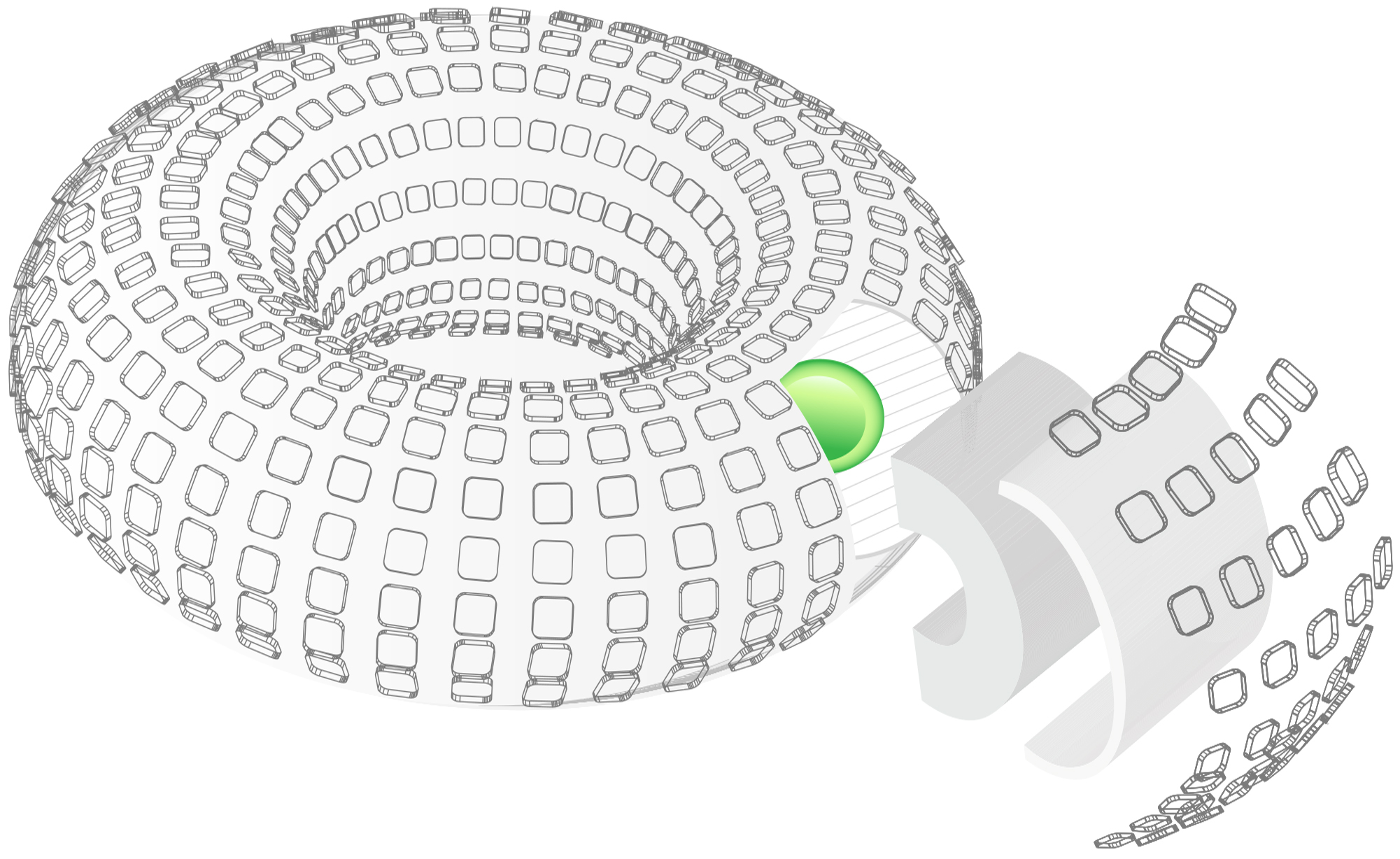
ARPA-E Investor Update Vol. 21: Thea Energy's Stellarator
On February 8, 2024, Thea Energy announced a $20 million Series A funding round led by Prelude Ventures with participation from 11.2 Capital, Anglo American, Hitachi Ventures, Lowercarbon Capital, Mercator Partners, Orion Industrial Ventures, and Starlight Ventures. In addition to their Series A funding, they were selected as part of the Department of Energy’s Milestone-Based Fusion Development Program. Thea plans to use this funding to continue development on Eos – a large-scale integrated neutron source stellarator system – as well as their proprietary high-temperature superconducting (HTS) planar coils, and to build out their team of fusion and commercialization experts.
Thea Energy, formerly Princeton Stellarators, spun out of a Princeton Plasma Physics Laboratory (PPPL) project originally funded through ARPA-E’s Breakthroughs Enabling Thermonuclear-fusion Energy (BETHE) program with support from ARPA-E’s Technology-to-Market Team.
“We are building off foundational research and technology development that we spun out of Princeton University and PPPL in 2022. As part of the ARPA-E BETHE program, our team successfully designed, prototyped, and validated scalable magnet array systems, a core part of our Company’s technology. Thanks to the ARPA-E support that led to these breakthroughs, we now have a practical approach to accelerate the commercialization of fusion power to curtail climate change and to provide a source of clean and abundant energy for generations to come,” said Co-Founder and CTO Dr. David Gates.
Stellarators confine plasma in the shape of a twisted donut (not unlike a cruller) because of the shape of their twisted magnetic fields. One of Thea Energy’s key innovations is to utilize HTS planar coils to generate the needed twisted magnetic fields for their stellarator design. Restricting their magnetic coils to a planar geometry simplifies their manufacturing requirements and is intended to keep costs down. An advantage to all stellarators is their ability to confine plasma stably over extended periods of time without a plasma current flowing around the plasma torus, a feature which makes them attractive candidate for future fusion power plants.

Thea Energy's stellarator system utilizes programmable planar magnet coils, that can optimize machine parameters and operating points. Courtesy of Thea Energy.

Thea Energy’s planar magnet architecture allows for simplified commercial system sector maintenance and operation, minimizing downtime. Courtesy of Thea Energy.
Beyond Eos, Thea Energy’s plan is to design and build a larger machine, Helios, which would generate electricity on the grid. We’re eagerly awaiting further updates from the design and construction of Eos, and all that’s to come from Thea.
Members of the Thea Energy Team at the Company’s labs in Kearny, NJ. Courtesy of Thea Energy.
